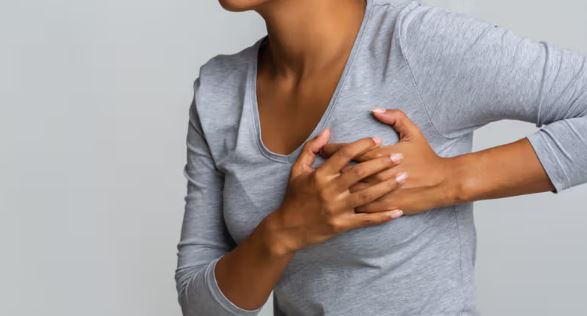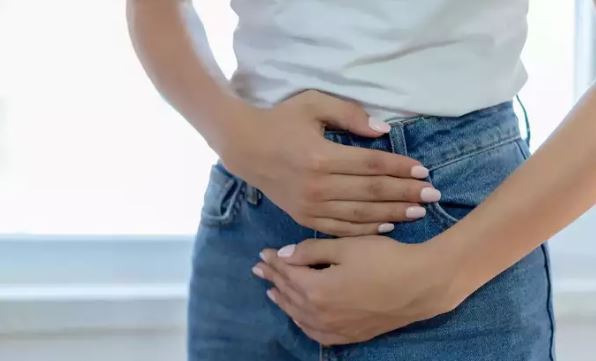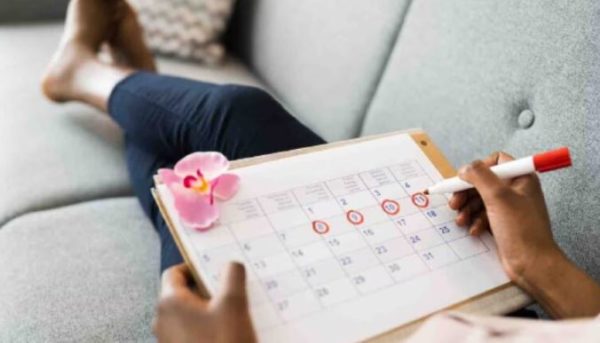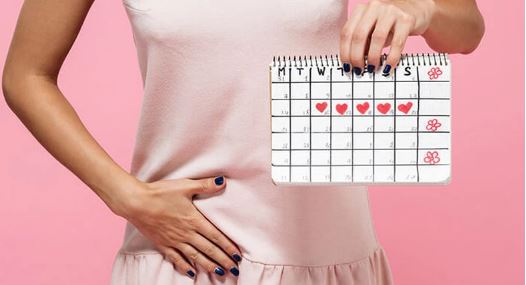Lifestyle
Here’s why you get acne around your period
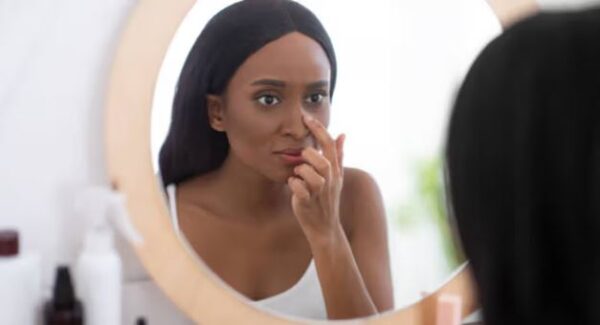
Acne is a common skin problem that affects people of all ages, but many women notice that their skin tends to break out more around their menstrual cycle.
This type of acne, referred to as hormonal acne, is closely linked to the natural hormonal changes that occur in a woman’s body each month.
These breakouts are typically different from regular acne and can be frustrating, especially since they often occur just when you want your skin to look its best.
Hormonal acne generally shows up as deep, painful pimples, around the chin and jawline.
Unlike the occasional pimple that might pop up on your forehead or cheeks, these breakouts are more stubborn and can linger for days or even weeks.
What causes hormonal acne?
Hormonal acne is primarily triggered by changes in hormone levels in the body.
Throughout the menstrual cycle, the levels of hormones like estrogen and progesterone fluctuate, which can affect the skin in various ways. In the days leading up to a period, estrogen levels drop while progesterone and testosterone levels may increase. This hormonal shift stimulates the sebaceous glands in the skin, causing them to produce more oil (sebum). Excess sebum can clog pores, leading to the growth of bacteria and, eventually, acne.
The role of testosterone, a hormone that is also present in women in smaller amounts, is crucial here. When progesterone and testosterone levels are higher relative to estrogen, they can make the skin oilier. This increase in oil production provides a perfect environment for acne-causing bacteria to thrive, resulting in pimples, blackheads, or cysts, especially around the lower face and jawline.
Why does acne worsen around periods?
During the second half of the menstrual cycle, known as the luteal phase, progesterone levels are at their peak. This phase occurs after ovulation and before the start of the next period. Progesterone increases the production of sebum and can also cause the skin to swell, making it more prone to getting clogged. As the period approaches and progesterone levels drop, testosterone levels remain relatively high, leading to an increase in sebum production. This surge in oil can clog pores, leading to more frequent and severe breakouts right before or during the period.
How to manage hormonal acne
While hormonal acne can be frustrating, there are several strategies to help manage and reduce breakouts:
1. Maintain a consistent skincare routine: Use gentle, non-comedogenic cleansers and moisturisers to keep your skin clean without over-drying it. Consider using products with salicylic acid or benzoyl peroxide to help keep pores clear and reduce bacteria.
2. Avoid touching your face: Touching your face can transfer bacteria and oil from your hands to your skin, increasing the chances of breakouts.
3. Watch your diet: Foods high in sugar and dairy can sometimes trigger acne for some people. Eating a balanced diet with plenty of fruits, vegetables, and whole grains may help reduce acne.
4. Consider birth control pills: For some women, birth control pills can help regulate hormone levels, leading to fewer breakouts. However, this should be discussed with a healthcare provider to understand the benefits and risks.
5. Consult a dermatologist: If over-the-counter treatments aren’t helping, a dermatologist can recommend stronger topical treatments or oral medications to help control hormonal acne.


